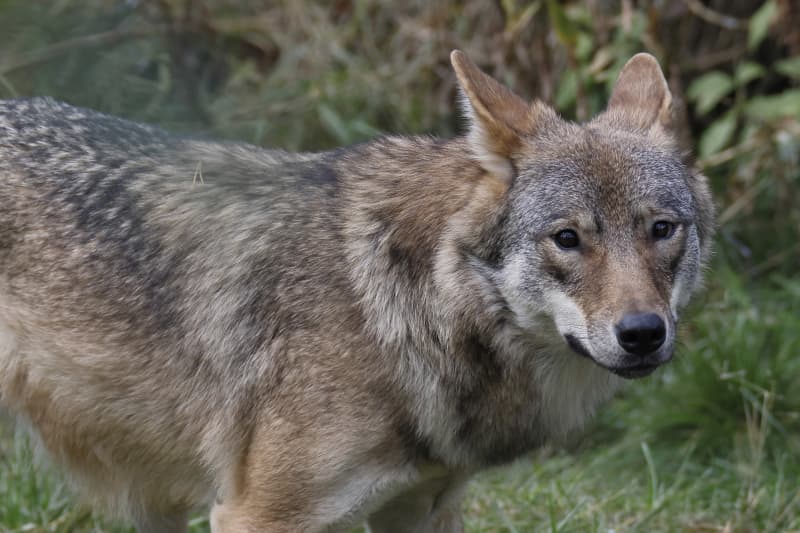Wolves were also considered pets in the 20th century-the study reveals a surprising amount of wolf observation
The wolf has been a prominent animal in people’s lives throughout the 20th century, although it has previously been thought otherwise.
A new study changes the perception of the number of wolf observations.
Humans have made observations of wolves and wolves throughout the 20th century, according to a study by the University of Turku.
According to previous research and interpretation, the Finnish wolf population has collapsed at the turn of the 19th and 20th centuries. It was not until the 1990s that the wolf has been thought to return to Finnish nature and social speech, when protection has become tighter.
The wolf is perceived as an uncontrollable natural force
Both in history and today, the wolf is easily mixed with another animal.
The research group limited such cases from the material. In the 19th century, it was written about wolves and later it was specified that it was a dog. In the 20th century, the terrible one may have been thought to be a wolf.
\”However, this tells us that people have noticed wolves and believed that wolves have been in Finland,\” Lähdesmäki assures.

– People had many beliefs. Not only fear and anger, but a variety of writing, Lähdesmäki says.
Wolves coming close to people were written by stating. It was seen as a normal but nasty thing.
– At that time, wolves have lived a lot more in Finland than they are today, says Lähdesmäki.

There are writings in the 20th century that wolves have been taken into pets.
At the same time, wolves were abnormalized in the media and the words were used unusual, courageous and brazen.
– From this we can learn that there are many ways of thinking, writing and reacting. There is not just one way to treat wolves in the past or today, says Heta Lähdesmäki, a historian at the University of Turku.
Nature should not be spoken of historically
Attitudes towards nature lives with people.
The beloved species may be hated in the future. Things should not be spoken of historically.
– There are mentioning in the past as a cormorant as a beautiful and majestic bird as we speak of quite different words today, Latva says.

As another example, Latva mentions plants that were not written in the magazines until they became endangered and rose to a broader debate.
Based on the material collected, one does not seem to understand what he or she is losing before losing it.
– As an example, the last individual, whose last individual was left under the road site in Eckerö, Åland in 1975. It was remembered afterwards, not much before, Latva says.
